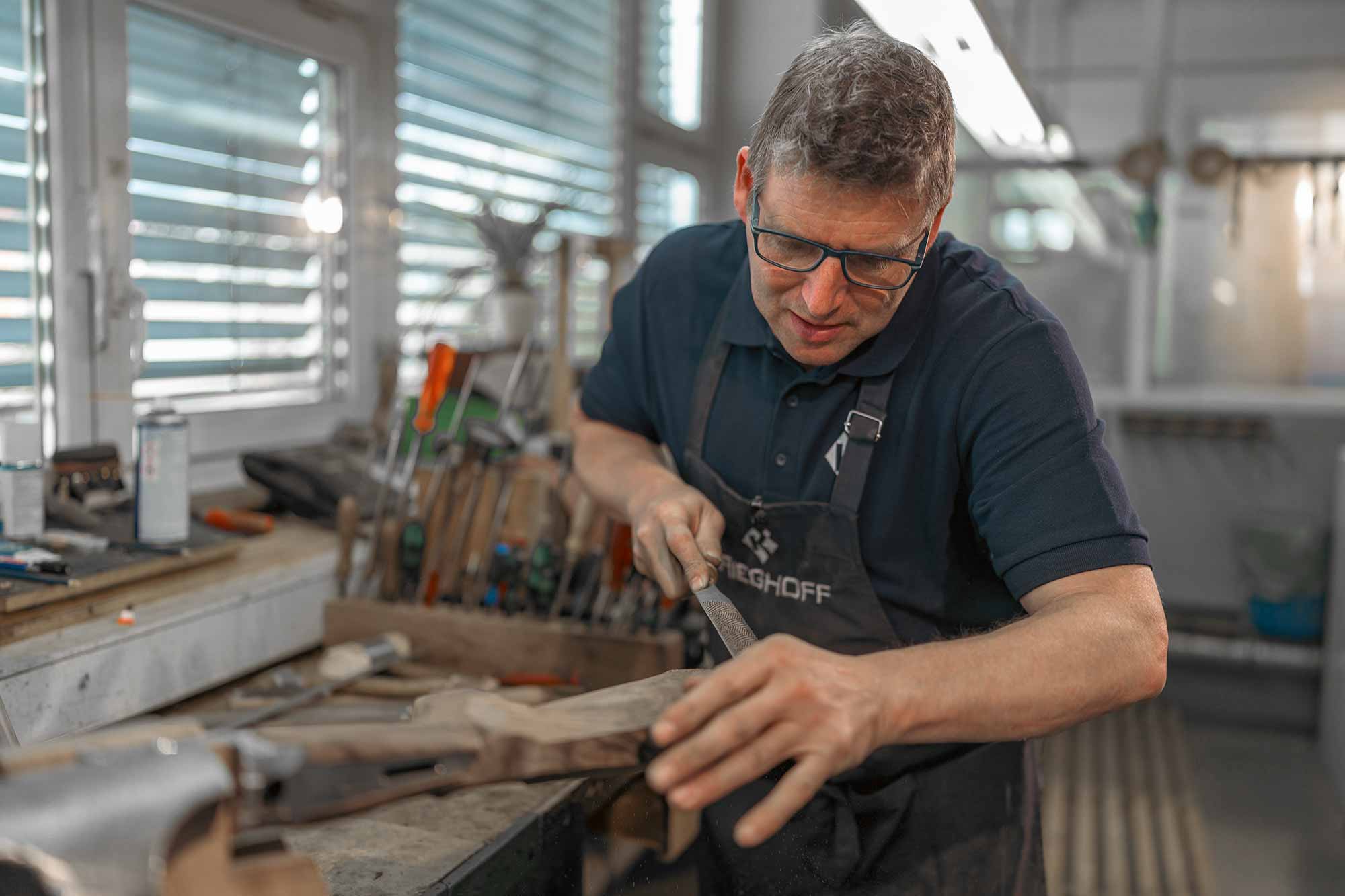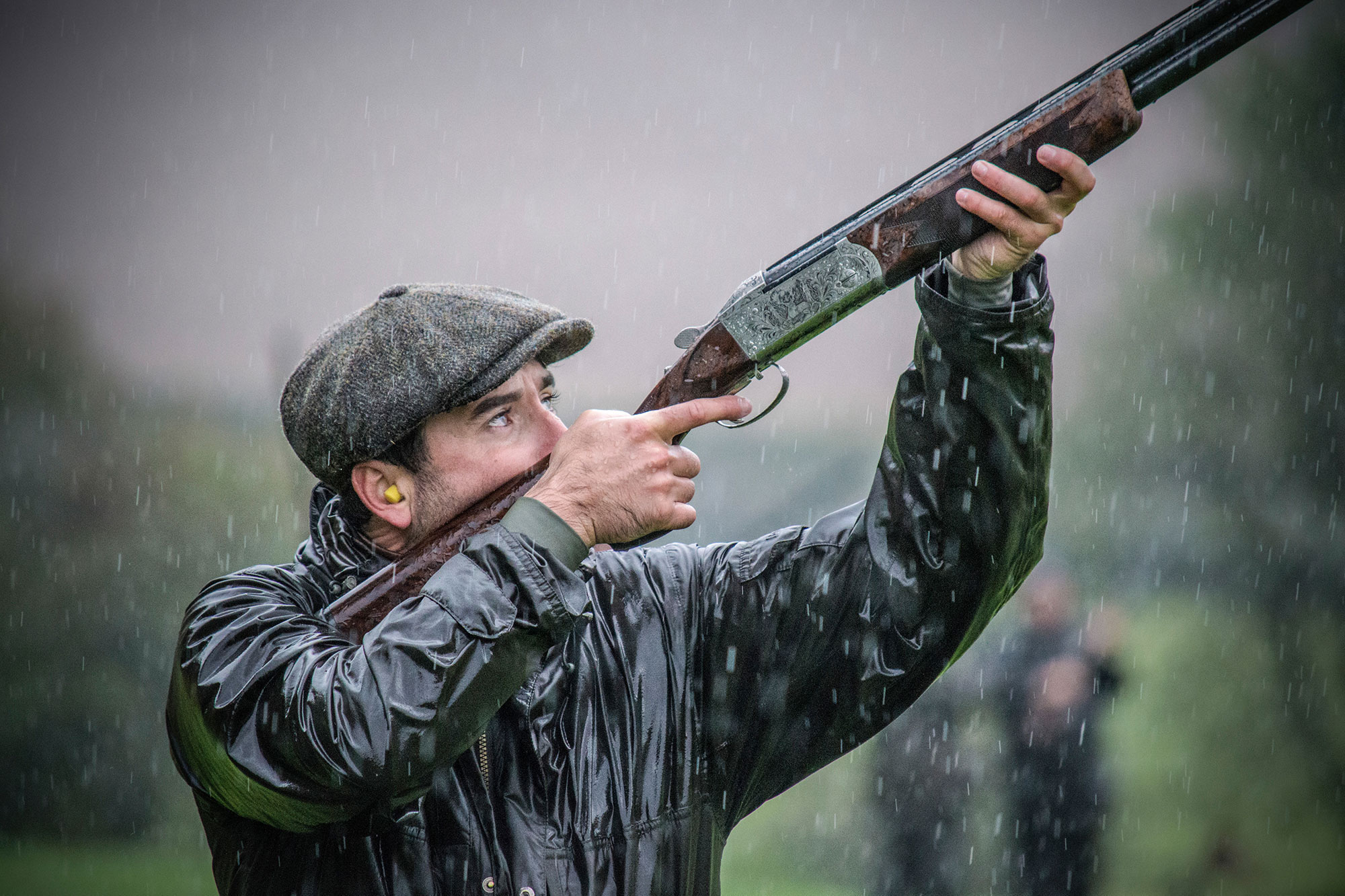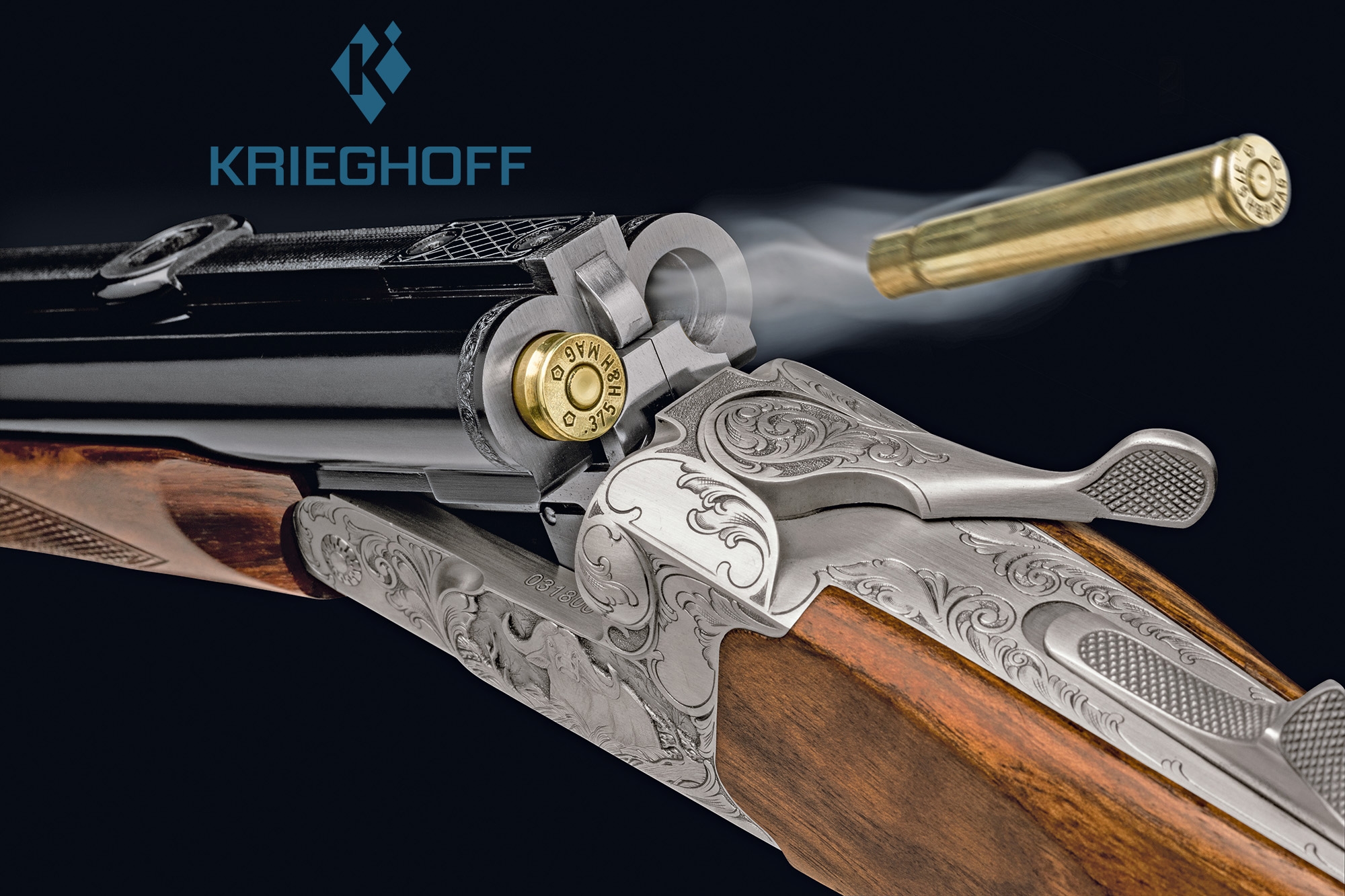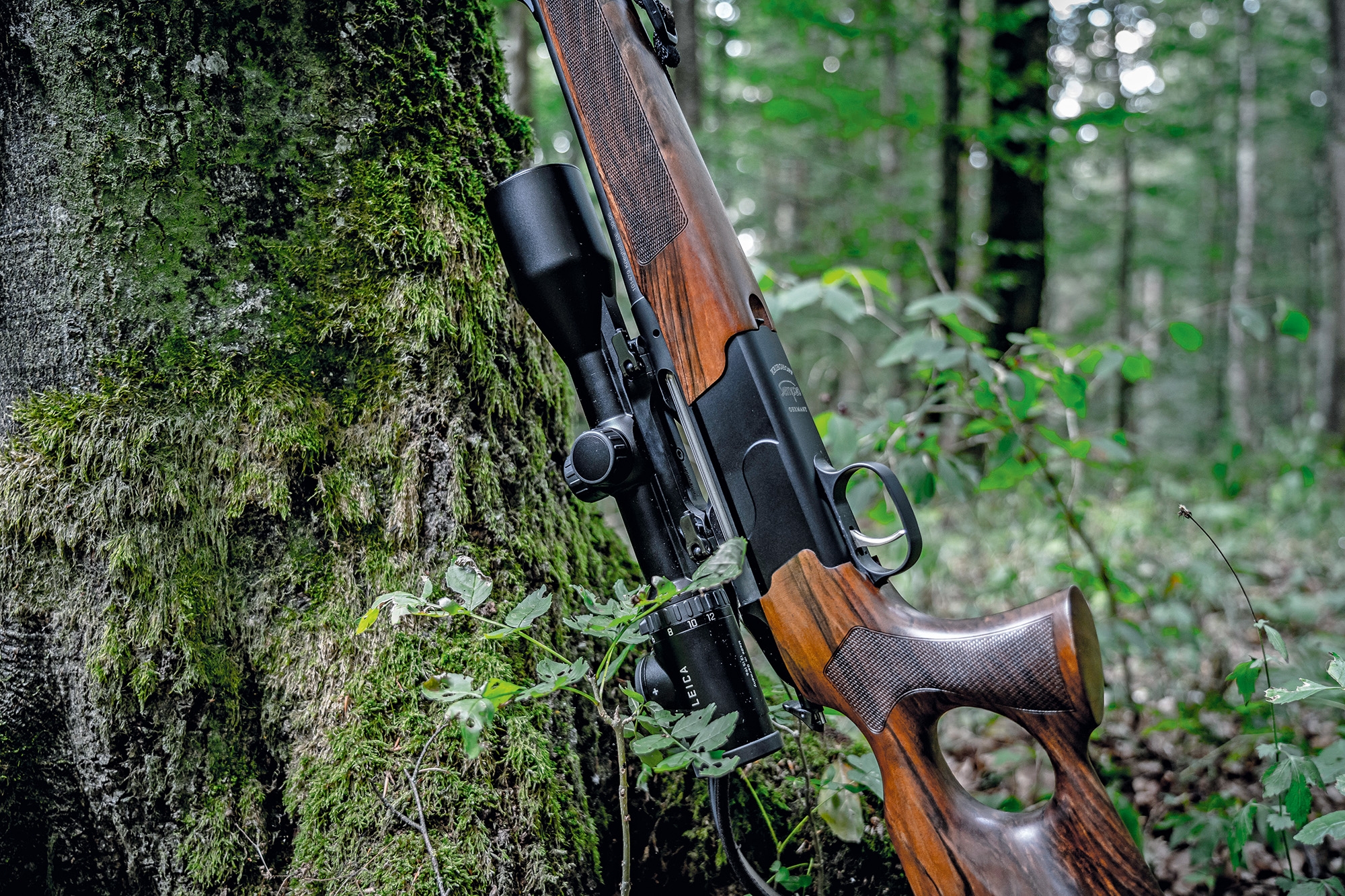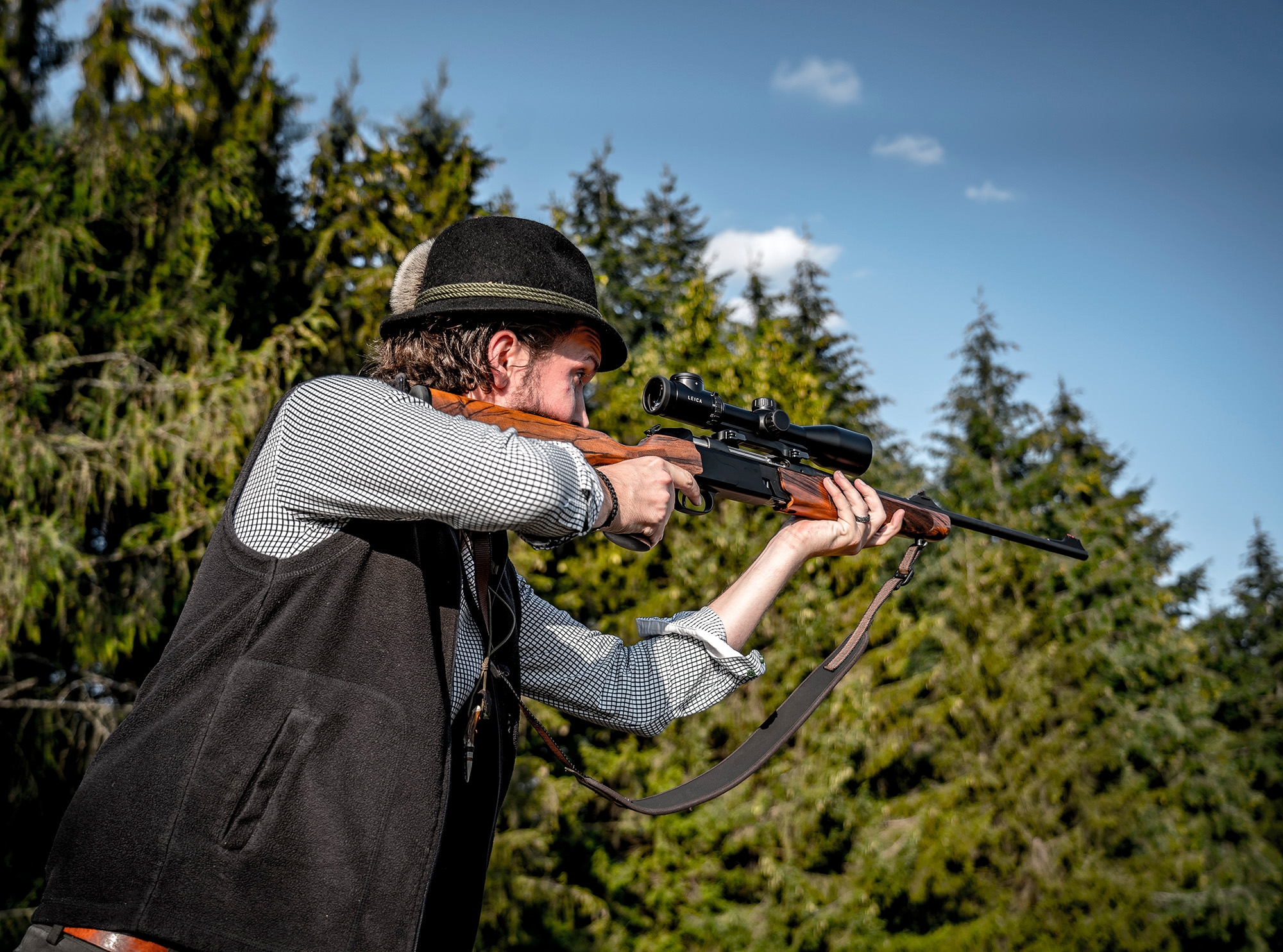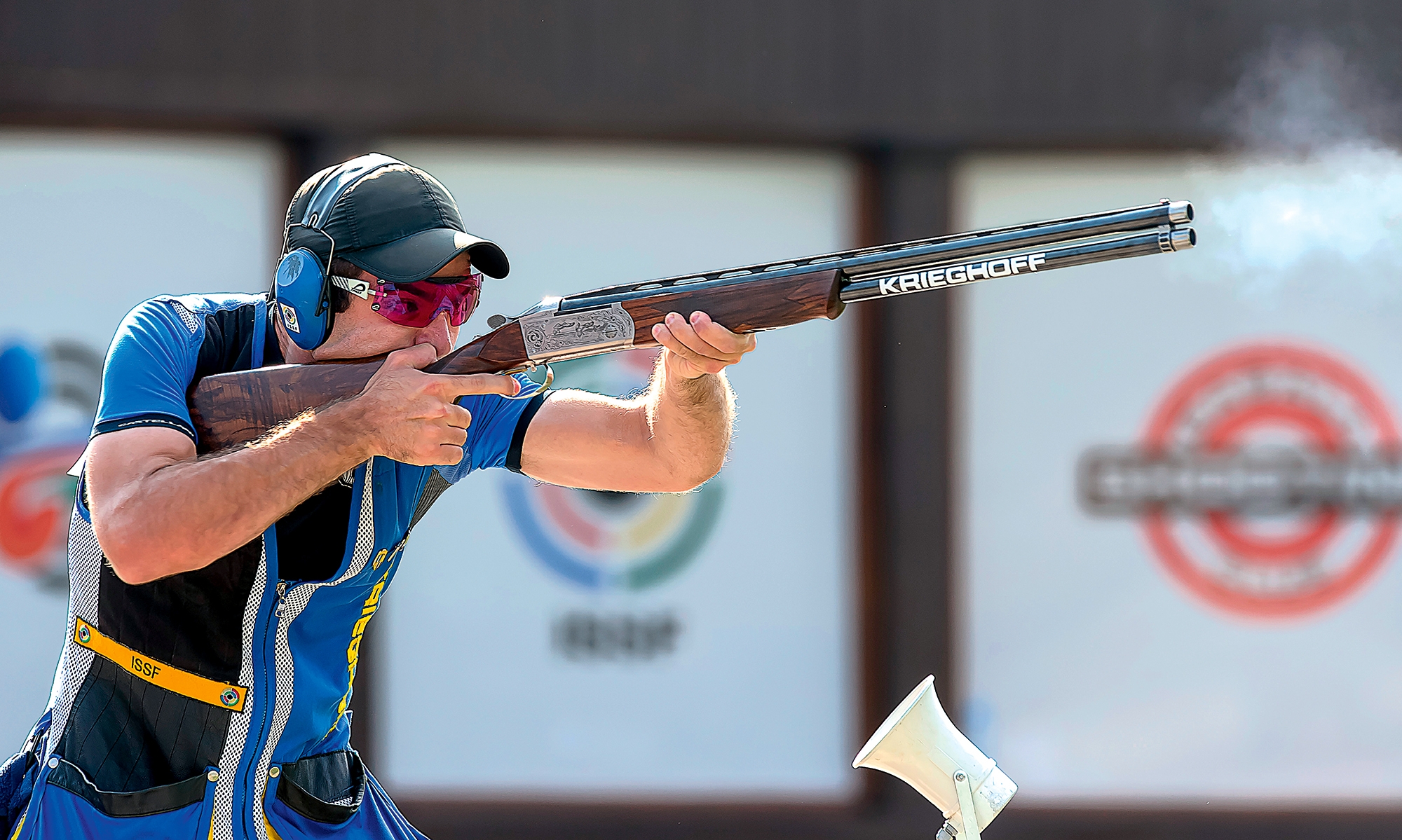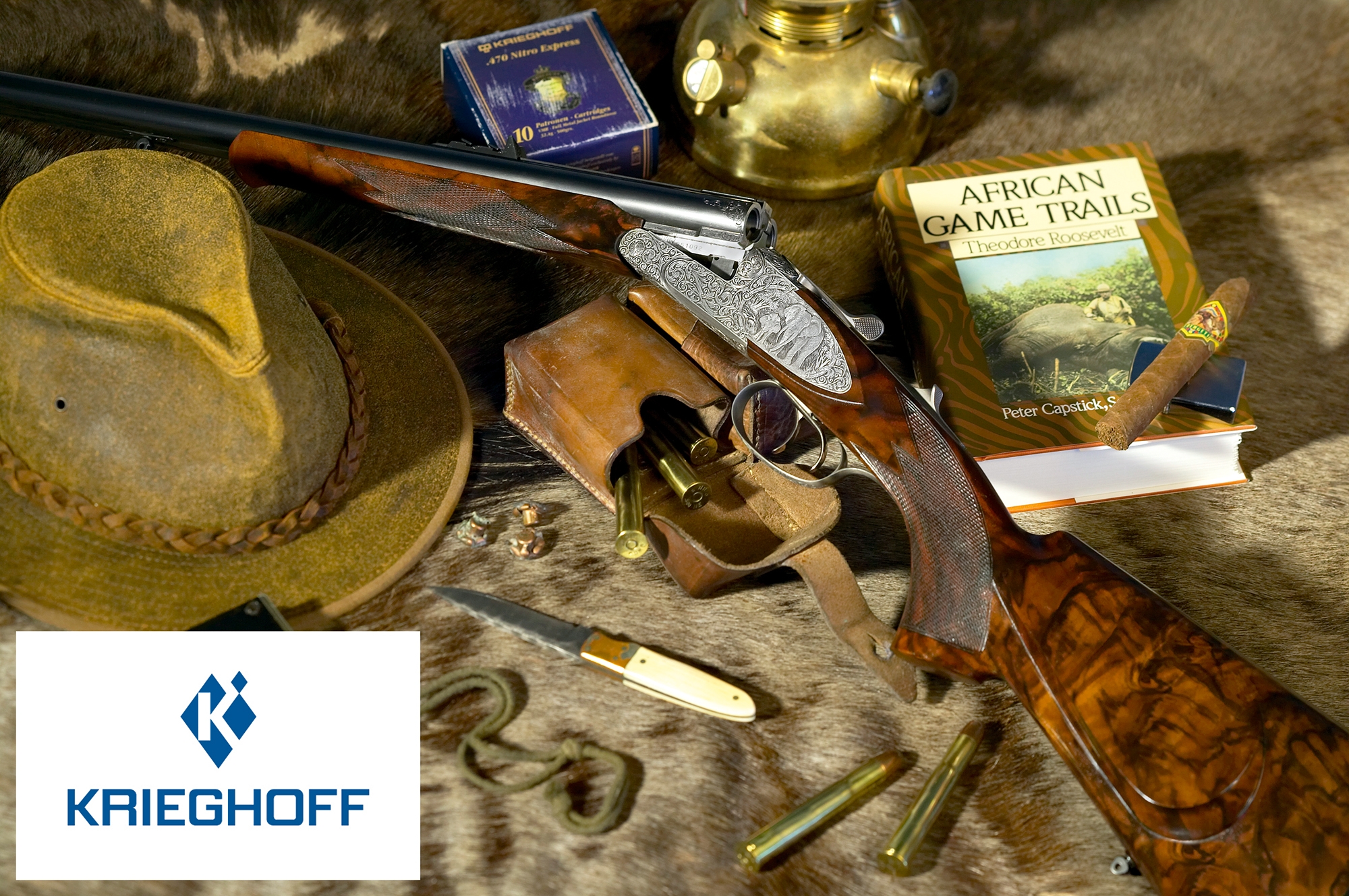We are currently in the far northwest of Benin, on the border to Burkina Faso. Our goal yet again was to depart from the beaten tracks, to learn more about an unfamiliar country and to hunt a new type of game. Buffalo are our quarry in this strange habitat and an excellent opportunity to see a bit of West Africa as well. I will be filming my hunting buddy Hendrik Lott as he hunts for West African savanna buffalo. Henrik has already bagged Cape buffalo in other countries of Africa, but the extremely active and peculiar-looking buffalo from the continent’s westernmost reaches are new to us both. He is carrying his Krieghoff Classic "Big Five" double rifle chambered in caliber .357 Holland & Holland Magnum – as always without a scope. Which means we need to get close.
What’s so special about West African savanna buffalo?
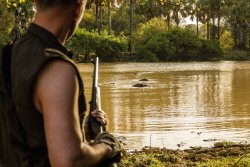
The West African savanna buffalo (lat.: Syncerus caffer brachyceros) is a very special species of game. Just marginally smaller than Cape buffalo, the animals are equally robust and a delight to watch. They are also extremely active and inquisitive. An old bull will have a tired, ghostlike and grayish look to his face. The shape of the horns can vary significantly. As may the color of the coat. There are red, brown, gray and black individuals in both genders. Broadly speaking, the red buffalo tend to produce weaker trophies, they are not as broad and have less horn than the dark ones. When hunting, sounding the distress call of a calf can often bring a herd of buffalo to a standstill. In a nutshell: absolutely worth the experience!
Many of the herds are very big: some of them consist of over 200 animals, although occasionally there are just 80 or 15. Jean-Luc estimates that there are around 1,000 buffalo in his hunting ground. And he’s definitely not exaggerating. Reportedly there are another approximately 7,000 buffalo living in the adjoining Pendjari Park. Unfortunately we had been tenaciously hunting antelope until the last available minute, so we did not have time to visit the park.
Suddenly the buffalo hove into view! We catch sight of a black bull, then another one; they seem to be trailing an impatient elephant, but at a safe distance. Jean-Luc remarks that the first bull would be a good target. Not ancient, but shootable. The other one with a slightly more grayish color seems to be more powerfully built. But we never get a clear view of its head as it grazes through the bushes. Henrik is determined to see and observe the gray one before we make a decision.
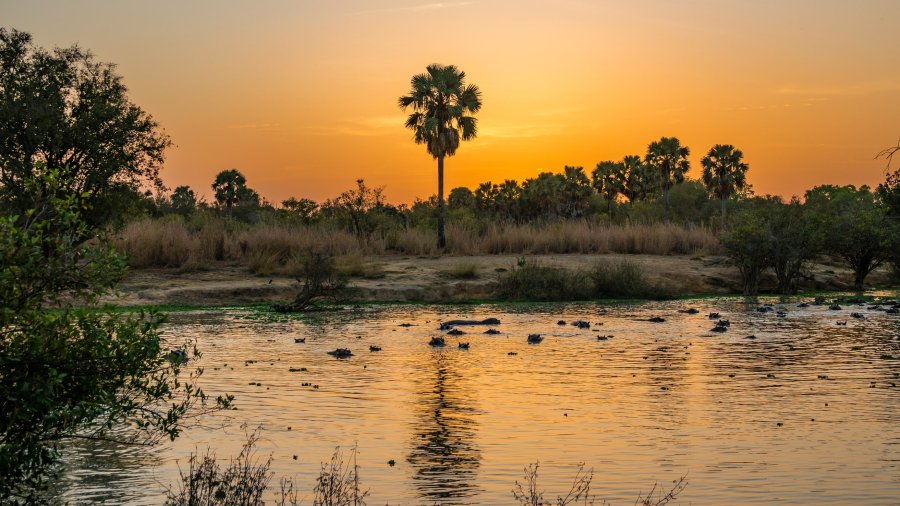
Hunting buffalo in the high northwest of Benin
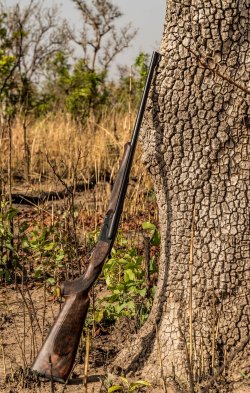
The buffalo move briskly southwards: they appear to be following a larger group that we have been unable to see, but which we have heard several times. Moving safely downwind, we scurry after the buffalo, veering right of the two bulls and doing our best to keep up. We can make out a third one, weaker in stature, that appears to be a calf. Jean-Luc signals for us to stop and then explains his plan: “Running up on them from behind is not a good idea. We’re too loud. It would be difficult to get a clean shot. Instead we will circle far around and try to approach the buffalo from the front. We will be waiting for the buffalo when they arrive, as long as they don’t head off in another direction.”
We swing left again after 10 to 15 minutes, and one of the trackers soon catches sight of the approaching buffalo through a gap in the bushes, about 150 meters away. Now or never! Henrik remains motionless until the broad, shadowy figure of the bull, plodding slowly behind the bush just 20–25 steps from our position, eventually ambles by. Patiently awaiting a gap in the scrub, Henrik picks just the right moment and shoots the bull straight in the shoulder blade. Things look tight for a moment, but finally the bull staggers and falls with Henrik’s final shot… “We won’t have far to go,” I remark, as the buffalo died maybe 15 to 20 m away from where we are standing.
Later on we hear from other hunters that the buffalo here are very resilient to the shot. Usually it takes a handful of bullets or even more to take the animals down. At our feet we have a magnificent bull with a very unusual coloring: otherwise gray, the buffalo has a brown coat on its face, beneath the horns and on its ears, a bit like an Austrian black and tan hound. It was an enjoyable and exciting hunt with an excellent ending and a great buffalo. Everything came together beautifully in the end, and the whole team feels huge satisfaction.
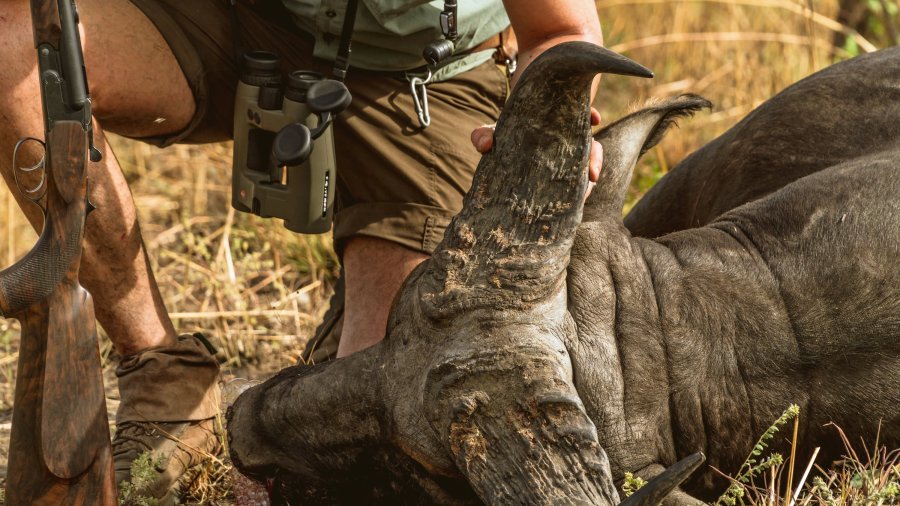
The far north of Benin around the Pendjari park and Parc W on the border to Burkina Faso remains a real wilderness that deserves to be protected and simply has to be seen. I was astonished how much big game still marks its territory there, and that apart from other people stalking animals, the hunting grounds are devoid of people. The experience drove home to me once again what hunting – especially in the wilderness of faraway countries – actually means: only hunters see these unique places. And only hunters actively seek out these remote areas, take delight in their unspoiled nature and enjoy moving among game – as a part of the bigger picture. So it follows that they are the real experts in questions of protecting the species and their habitats. Of that there can be no doubt!
Simply being there in these wild and remote regions with their extreme temperatures and extraordinary variety of species is the actual hunting experience, the trophy, that you bring home at the end. And that’s what you remember in years to come. The tangible trophy, which perhaps was used as the initial reason for the trip and that now hangs on the wall, is merely the physical manifestation of a diary entry. It’s a way of returning to the memories and personal proof that you really were there.
For more information about the hunting rifle, visit the Krieghoff website.
Would you like to learn more about this hunting region? No problem, simply visit the website of Atacora Safaris.



